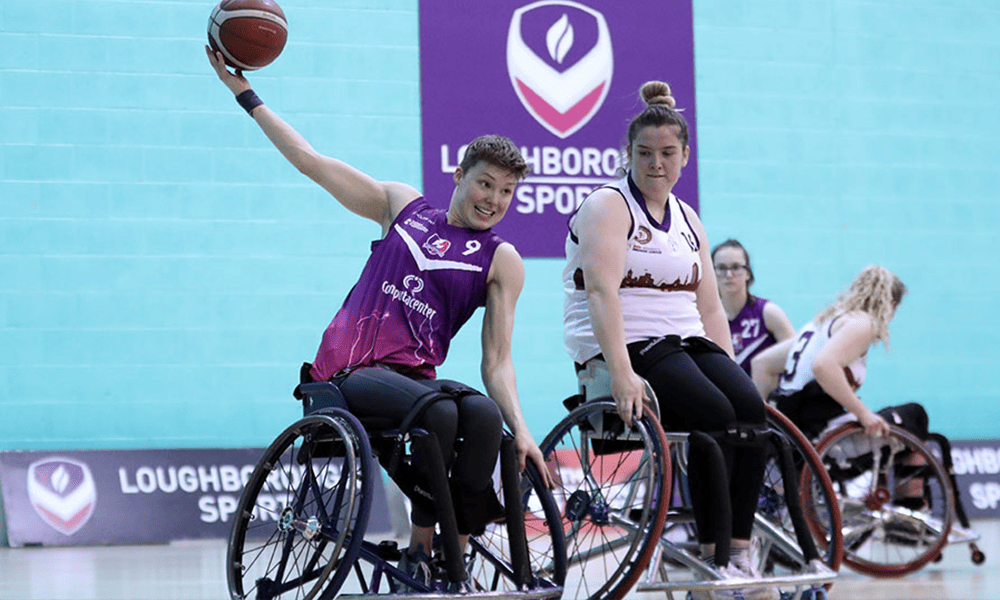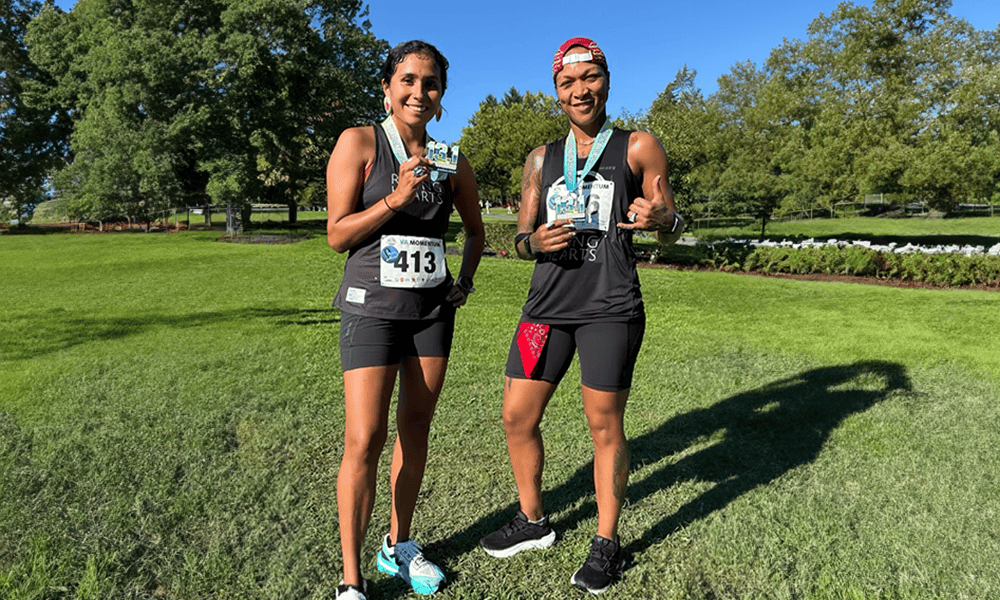The World Health Organization (WHO) and International Paralympic Committee (IPC) are highlighting the transformative impact of assistive tech for Paralympians at the Paris 2024 Paralympic Games. Around 4,400 athletes are competing across 22 sports and many use assistive tech to compete at peak levels, revolutionizing their the potential. The ‘Equipped for Equity’ campaign emphasizes the crucial role of tech in improving accessibility and mobility for Paralympians and people with disabilities.
Assistive technology encompasses items, equipment, software programs or product systems that are used to increase, maintain or improve the functional capabilities of persons with disabilities, the elderly and people with long term health conditions. According to the WHO, assistive products can range from physical products such as wheelchairs, glasses, prosthetic limbs, white canes and hearing aids to digital solutions such as speech recognition or time management software and captioning. Examples of assistive technology used by Paralympians include running blades, customized wheelchairs and release braces in archery.
However, the WHO estimates that access to these products remains severely limited with more than 2.5 billion people in need of them worldwide. For instance, only 5-35% of the 80 million people who need a wheelchair have access to one and only 10% of the global demand for hearing aids is met.
There are significant barriers to accessing assistive tech globally, particularly for young and aspiring para-athletes. Research shows that economically advantaged countries and athletes can afford assistive products, but those from low—and low-middle-income countries often lack access or rely on low-quality and outdated products. This can create an uneven playing field where athletes’ performances are based on their access to the best assistive tech and products.

WHO states that measures to make assistive tech more accessible and affordable are essential not only for empowering individuals to participate fully in life but also for driving broader societal and economic development. Expanding access to quality, safe and affordable assistive tech reduces health and welfare costs such as recurrent hospital admissions.
“The Paralympics shows us what is possible and the important role that assistive tech plays for these extraordinary athletes… But around the world, many people still do not have access to crucial assistive tech, due to its high cost and low availability,” said Dr Tedros Adhanom Ghebreyesus, Director-General of WHO. “We call on governments, donors and civil society to prioritize these neglected but crucial products by integrating them in primary care programs as part of their journey towards universal health coverage.”
The campaign is sharing messages and information focused on the importance of assistive tech, how athletes use it and why universal access is essential during the Paralympic Games. It also features personal stories from Paralympians who rely on assistive tech for sport and in daily life and highlights real-life examples of advancements in making assistive tech more accessible. This includes Zimbabwe’s recent tax exemption on assistive tech and the pre-paralympic tax reductions on assistive tech for sports in France and Japan.
By highlighting these initiatives, the campaign is calling on countries to implement similar initiatives and integrate assistive technology into primary health care and universal health coverage.





